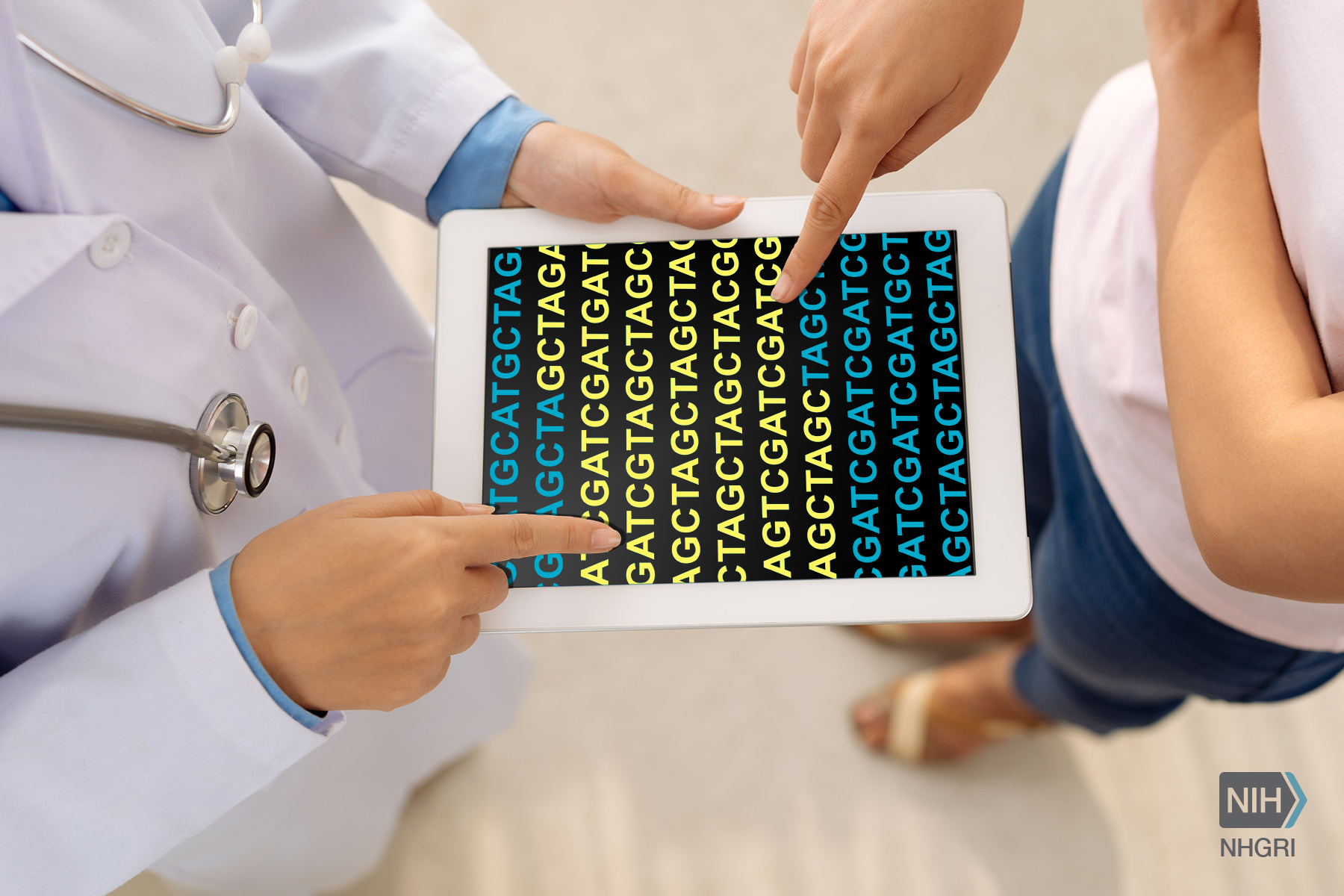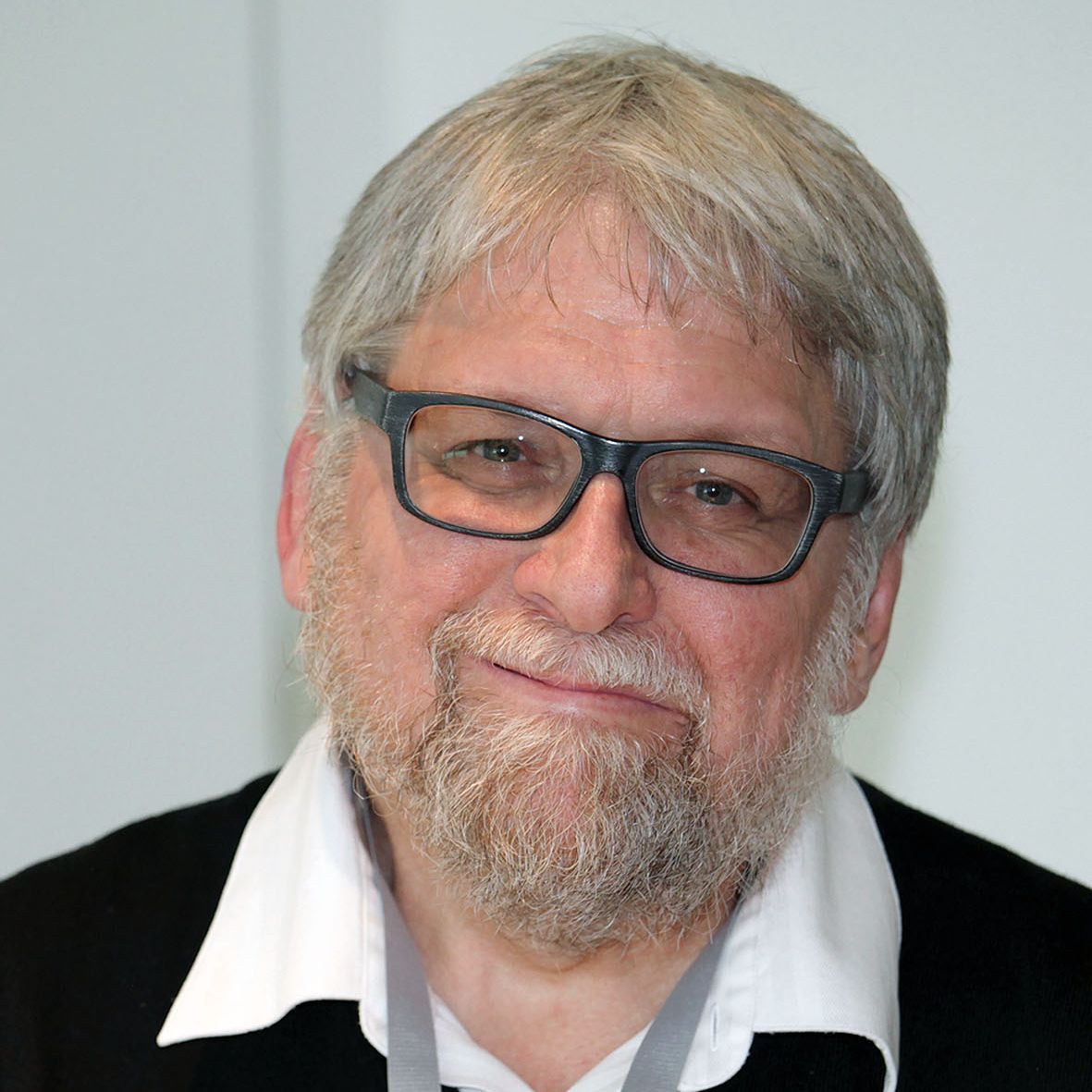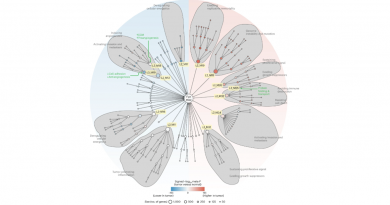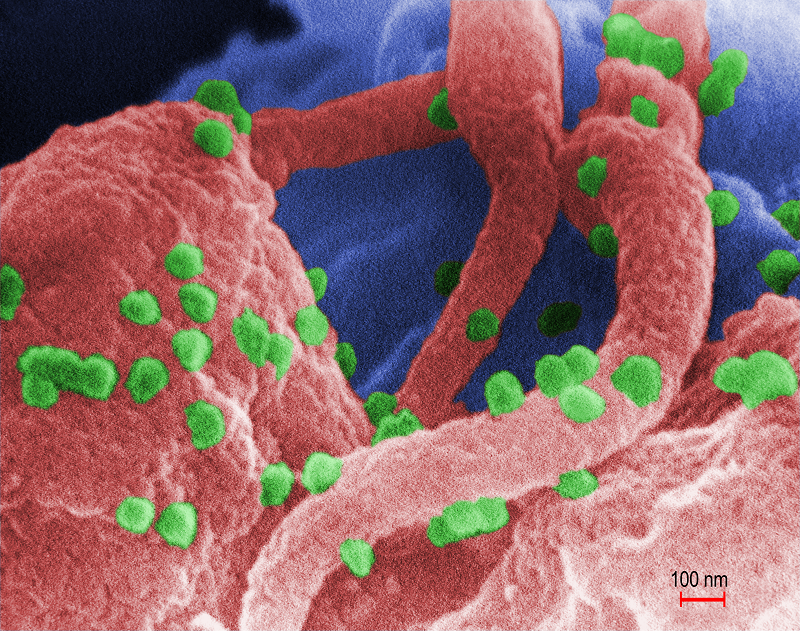To better serve patients, Baylor researchers pioneer and improve reanalysis of clinical molecular data
Many physicians and scientists think that the molecular diagnostic rate of undiagnosed diseases has room for improvement. Inspired by this need, a team at Baylor College of Medicine led by Dr. Pengfei Liu took on the challenge to find a strategy that would efficiently increase the diagnostic yield of undiagnosed conditions.

Keeping the pace with scientific discovery
“In the 2016 meeting of the American College of Medical Genetics, our DNA diagnostic lab was the first to report that systematically reanalyzing molecular data, taking into account new genetic knowledge published since the original analysis, increased the molecular diagnostic rate in two patient cohorts, nearly doubling it in one of them,” said Liu, assistant professor of molecular and human genetics at Baylor and laboratory director of clinical research at Baylor Genetics. “In this work, we have confirmed and added support to our strategy by reanalyzing two cohorts and developing an analytical tool that accelerates the process efficiently and accurately.”

Liu and his colleagues reanalyzed exome sequencing data, which refers to the pieces of a person’s genomic DNA that contain instructions for making proteins. Analyzing these pieces called exons allows researchers to identify changes, also called variants, in the DNA sequence. Many mutations that cause disease occur in exons, therefore whole exome sequencing is considered to be an efficient strategy to identify candidates for disease-causing mutations.
The researchers reanalyzed exome sequencing data of two patient cohorts, taking into account genetic knowledge published between the date of the original analysis and December 2017. The first cohort of 250 patients had been originally analyzed in 2012 and the second cohort of 2,000 patients in 2013.
Manual reanalysis of the exome sequencing data of the first cohort nearly doubled the diagnostic yield – it increased from 25 to 47 percent.
Improving reanalysis
“The reanalysis was very labor intensive and time consuming, which prompted us to design a computational pipeline that would help us semi-automate the process,” Liu said. “Reanalysis of the sequencing data of the first cohort with our computational pipeline achieved a diagnostic sensitivity of 92 percent. Our reference was the manual reanalysis.”
The researchers then applied the computational pipeline to reanalyze the data of the second cohort of 2,000 patients and also increased the diagnostic rate, in this case to 37 percent from 25 percent.

“For both cohorts, most of the new molecular diagnoses resulted from newly discovered disease genes – 75 percent of the diagnosis from the first cohort and 64 percent from the second cohort,” said co-author Dr. Yaping Yang, professor of molecular and human genetics at Baylor. “This strongly supports the value of our strategy.”
To better serve patients, physicians and families
In addition, Liu and colleagues sent the updated sequencing results to the corresponding physicians of the patients in the cohorts. They also requested feedback from the physicians in the first cohort whose patients’ reanalysis had produced a new molecular diagnosis.
About 40 percent of the physicians responded. They reported that 75 percent of their patients received genetic counseling for the updated findings, and about half of those patients had their clinical management changed as a consequence of the new results. The patients who did not receive genetic counseling about their updated results had moved, died or did not keep their follow-up appointment.

“Our work suggests that periodic reanalysis may benefit patients, their families and the physicians caring for them,” said co-author Dr. James R. Lupski, Cullen Professor of Molecular and Human Genetics at Baylor, principal investigator at the Baylor Hopkins Center for Mendelian Genomics and faculty with the Baylor genetics and genomics graduate training program. “Drs. Liu, Yang and colleagues provide a computational process that demonstrates the feasibility of reducing the work load involved in reanalysis. We hope that other genetic labs, physicians and patients will benefit from this strategy.”
To read all the details of this work and a complete list of authors, their affiliations and disclosures go to the New England Journal of Medicine.
This work was partially supported by the National Institutes of Neurological Disorders and Stroke (NINDS, R35 NS105078), National Human Genome Research Institute grants (NHGRI, U54 HG003273) and a jointly-funded National Human Genome Research Institute (NHGRI)/National Heart, Lung, and Blood Institute (NHLBI) grant to the Baylor-Hopkins Center for Mendelian Genomics (UM1 HG006542). Further support was provided by grant NHGRI K08 HG008986.


